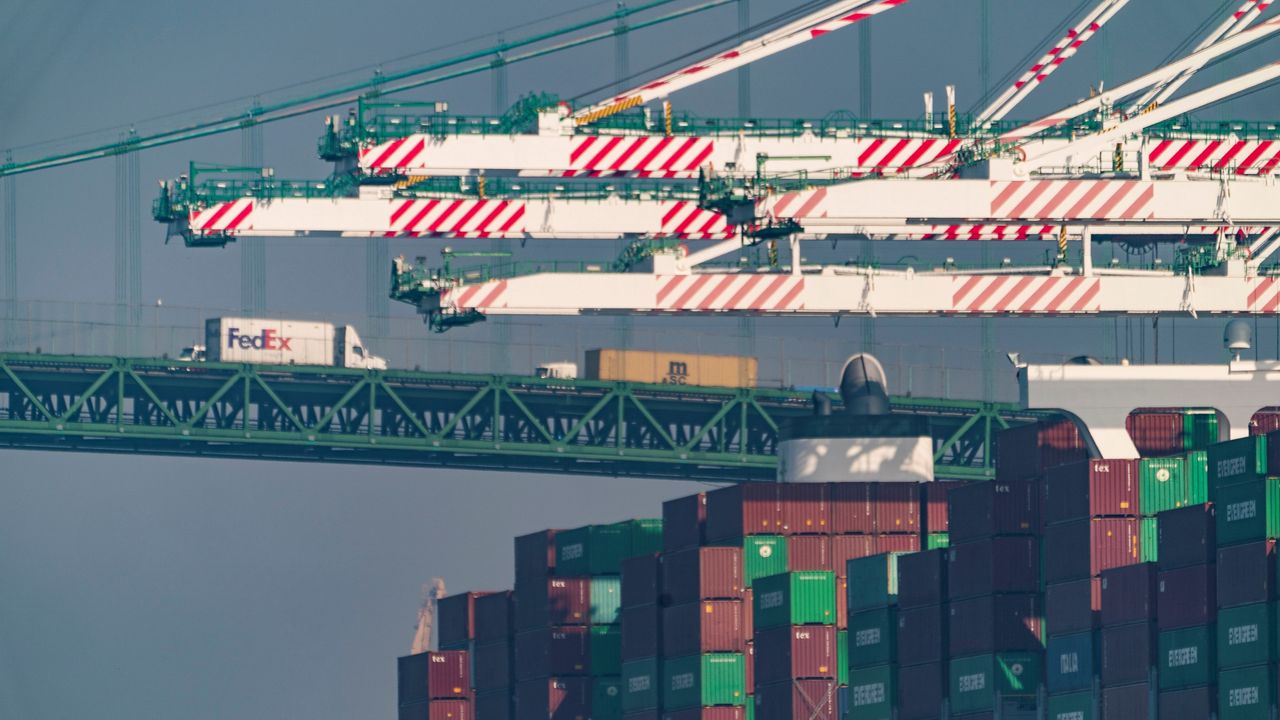The Port of Los Angeles logged its busiest June in 115 years last month, Executive Director Gene Seroka said Wednesday. Last month’s activity was slightly above a year ago and 15% higher in cargo volume compared with the previous five-year June average.
“Retailers continue to replenish store and warehouse inventories,” Seroka said. “Despite inflation, Americans are still spending on goods.”
While imports were down 5% last month compared with a year earlier, and exports were down 2%, empty containers were up 8%.
Seroka noted that the number of ships waiting to dock at the port is down 85%, but the number of containers waiting to be shipped out by rail continues to be far longer than normal. There are currently 29,000 rail containers on the port’s docks, when there should be no more than 9,000. Cargo is sitting on an average of 7½ days, instead of the usual two.
“Everyone has a role to play” in hastening the movement of goods by rail, Seroka said, adding that cargo owners need to pick up their goods more quickly and that railroads need to ramp up staff and engine power to get rail cars back to the west coast faster.
“Bottom line: We need to take action on this immediately to avoid a nationwide logjam,” he said.
For the second half of the year, Seroka said arriving cargo “will look different than what is on the ground now.” What is currently coming into the port was ordered three to four months ago and doesn’t reflect the recent easing of consumer purchases that started in May, Seroka said. Much of it is pandemic-induced onetime purchases such as furniture and appliances.
“Some retailers have high inventories and may discount goods,” he said. “I expect imports to remain strong though tapered versus last year.”
Heading into what has traditionally been the port’s peak season, goods coming into the country will be a mix of back-to-school, fall fashion, Halloween and holiday items. Seroka anticipates cargo volumes will remain robust through Thanksgiving.
“It should be a strong peak season, but we’re watching all this economic data, including consumer sentiment, very closely.”
The port’s July briefing took place hours after the U.S. Bureau of Labor Statistics announced consumer prices had increased 9.1% in June compared with a year earlier — a 40-year high. The Conference Board reported last month that consumer confidence had fallen for a second consecutive month to its lowest level since February 2021.



